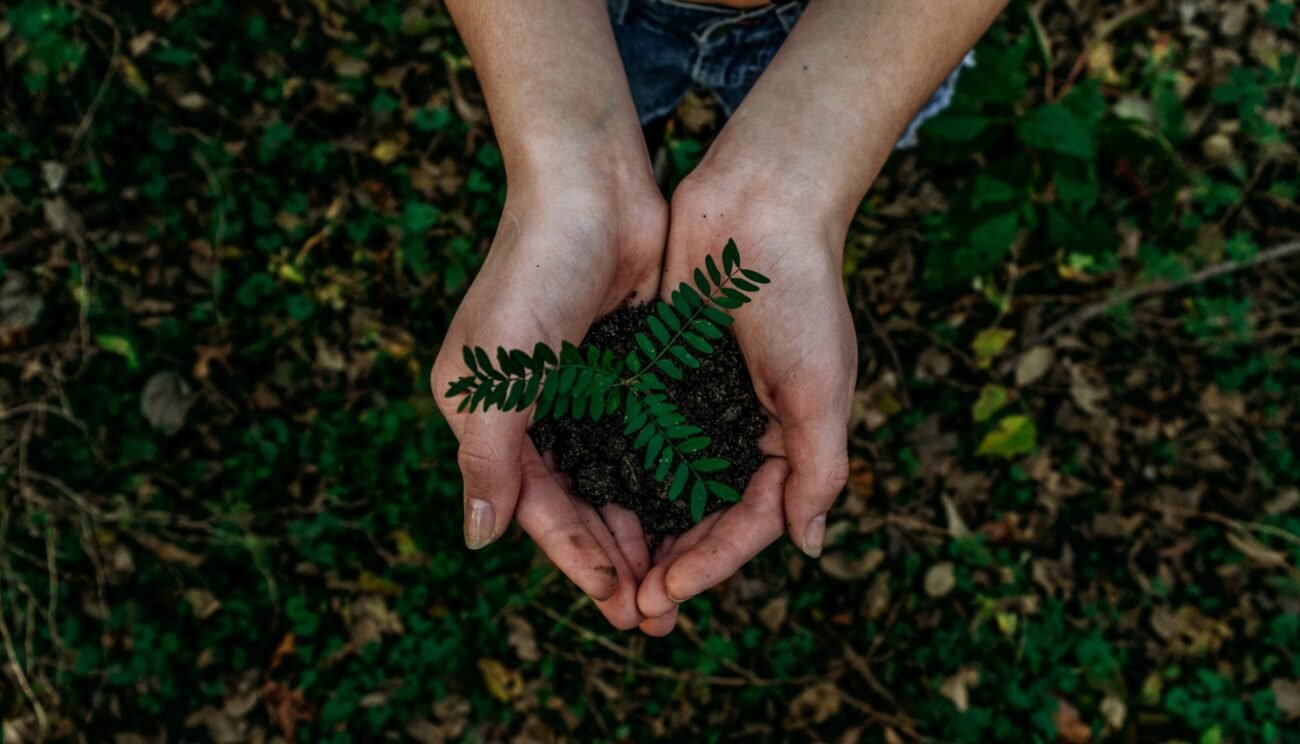17. Recycling: Transforming Waste into a Sustainable Future
Introduction: The Power of Renewal
Recycling, a cornerstone of sustainable living, is more than a process—it’s a commitment to transforming waste into a renewable resource. It represents a crucial aspect of responsible environmental stewardship, offering a viable solution to the escalating global waste crisis. This comprehensive guide explores the significance of recycling, its processes, the impact on the environment, and practical steps individuals can take to contribute to a more sustainable future.
Understanding Recycling
Recycling is the systematic reprocessing of materials to create new products, reducing the need for raw materials and minimizing the environmental impact of waste disposal. The goal is to close the loop in the product life cycle, diverting materials from landfills and incinerators while conserving valuable resources.
Key Components of Recycling
- Collection: The recycling process begins with the collection of recyclable materials. This can occur through curbside pickup, drop-off centers, or specialized collection programs. The success of recycling programs relies on active participation and separation of materials at the source.
- Sorting and Processing: Collected materials are transported to recycling facilities where they undergo sorting and processing. This involves separating materials by type and cleaning them to remove contaminants. Advanced technologies, including conveyor belts and sorting machines, facilitate this crucial phase.
- Transformation: Once sorted, materials are processed to prepare them for transformation into new products. This may involve breaking down items into raw materials, melting plastics, or pulping paper. The transformed materials are then ready for use in the manufacturing of new products.
- Manufacturing: Recycled materials are integrated into the manufacturing process to create new products. This step not only conserves resources but also reduces energy consumption compared to using virgin materials. Common products made from recycled materials include paper, glass, plastic, and metal items.
The Environmental Impact of Recycling
- Conservation of Resources: Recycling conserves valuable natural resources by reducing the need for raw materials. For example, recycling paper saves trees, and recycling aluminum saves energy compared to mining and processing bauxite.
- Energy Savings: The production of goods from recycled materials typically requires less energy than manufacturing from raw materials. This energy savings contributes to a reduction in greenhouse gas emissions and helps combat climate change.
- Waste Reduction: Recycling mitigates the burden on landfills, helping to alleviate environmental pollution and the depletion of finite land resources. By diverting materials from landfills, recycling contributes to the creation of a more sustainable waste management system.
Practical Steps Towards Effective Recycling
- Know Your Local Recycling Guidelines: Understanding what can and cannot be recycled in your area is essential. Local recycling guidelines may vary, so familiarize yourself with the specific rules and regulations in your community.
- Practice Proper Sorting: Separate recyclables from non-recyclables at the source. Proper sorting at home or in the workplace ensures that materials are suitable for recycling and reduces contamination.
- Support Recycling Programs: Participate in and support local recycling programs. This includes using designated recycling bins, participating in community clean-up events, and advocating for improved recycling infrastructure.
- Purchase Recycled Products: Support the recycling industry by choosing products made from recycled materials. This creates demand for recycled content, encouraging manufacturers to incorporate recycled materials into their production processes.
- Educate and Encourage Others: Spread awareness about the importance of recycling and its positive impact on the environment. Encourage friends, family, and colleagues to adopt recycling practices in their daily lives.
Conclusion: A Circular Path to Sustainability
Recycling serves as a beacon on the path to a sustainable future. By actively participating in recycling initiatives, individuals contribute to the creation of a circular economy—one where materials are continuously reused, and waste is minimized. The power of renewal lies in our hands, and through recycling, we have the opportunity to reshape our relationship with the environment, fostering a world where waste is not an end but a beginning. Embrace the cycle, champion recycling, and pave the way for a more sustainable and resilient planet.







